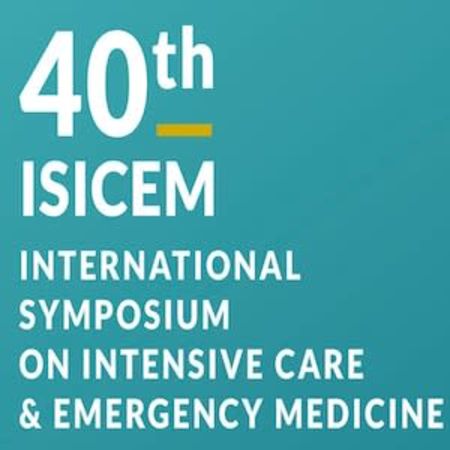Acute hypoxaemic respiratory failure is a leading cause of admission to ICUs and is associated with significant mortality and morbidity. Many patients affected by acute hypoxaemic respiratory failure meet the diagnostic criteria for acute respiratory distress syndrome. An important intervention that has been shown to reduce mortality in patients with acute hypoxaemic respiratory failure and ARDS is ventilation with a lung-protective strategy. However, this can often result in lung hyperinflation and injury. Reducing tidal volumes further may result in respiratory acidosis, which can cause pulmonary hypertension and altered cardiac function.
The REST randomised clinical trial was conducted to determine whether lower tidal volume mechanical ventilation using extracorporeal carbon dioxide removal would improve outcomes in patients with acute hypoxaemic respiratory failure.
Four hundred and twelve patients from 51 intensive care units in the U.K. were enrolled in the study who received mechanical ventilation for acute hypoxaemic respiratory failure between May 2016 and December 2019. Study participants received lower tidal volume ventilation facilitated by extracorporeal carbon dioxide removal for at least 48 hours or standard care with conventional low tidal volume ventilation. The primary outcome of the study was all-cause mortality 90 days after randomisation. Secondary outcomes included ventilator-free days at day 28 and adverse event rates.
The trial was stopped early because of its futility and feasibility. Findings from the trial show a 41.5% 90-day mortality rate in the lower tidal volume ventilation with extracorporeal carbon dioxide group versus a 39.5% 90-day mortality rate in the standard care group. Study results also show significantly fewer mean ventilator-free days in the extracorporeal carbon dioxide removal group compared with the standard care group. 31% of patients in the extracorporeal carbon dioxide removal group reported serious adverse events versus 9% in the standard care group.
Overall, these findings show that among patients with acute hypoxaemic respiratory failure, the use of extracorporeal carbon dioxide removal to facilitate lower tidal volume mechanical ventilation did not reduce 90-day mortality compared with conventional low tidal volume mechanical ventilation.
Source: JAMA
Image Credit: ISICEM 21



























